- Home
- slideshows
- miscellaneous
- Apple's iPhone X introduced the 'notch' trend 2 years ago. Now, smartphone makers are trying to kill it once and for all.
Apple's iPhone X introduced the 'notch' trend 2 years ago. Now, smartphone makers are trying to kill it once and for all.
For years, smartphones featured traditional rectangular displays.

Then, in 2017, we were introduced to the "notch."
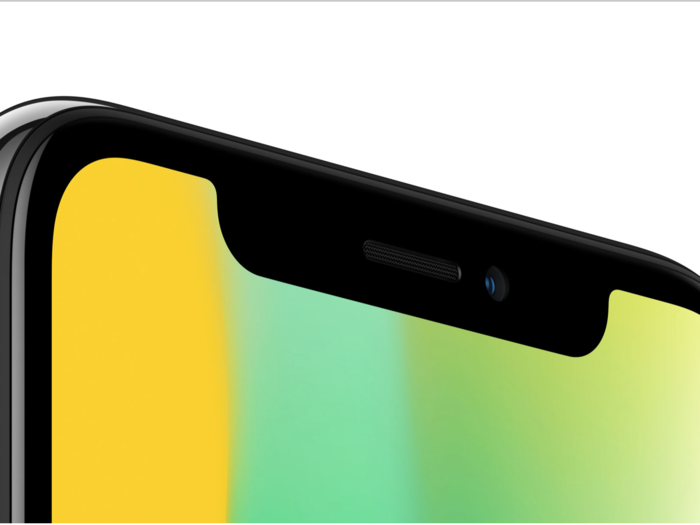
It happened first with Andy Rubin's Essential Phone, an Android phone that featured a small cut-out for the selfie camera.
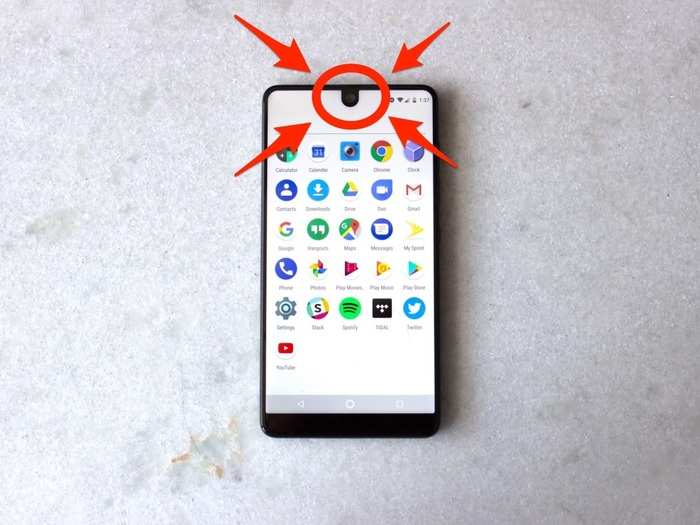
Later that year, Apple introduced the $1,000 iPhone X, which featured a larger notch to house its TrueDepth camera system, which included a selfie camera and sensors needed to power new facial-recognition software, called Face ID.
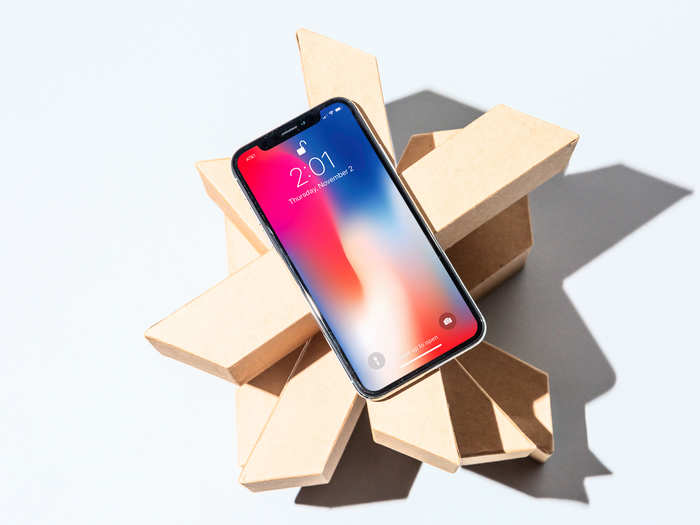
To be clear, the notch is a design flaw as we head towards all-screen phones. The notch is the easiest solution to have both an "edge-to-edge" screen as well as a selfie camera, but it still cuts into your content.
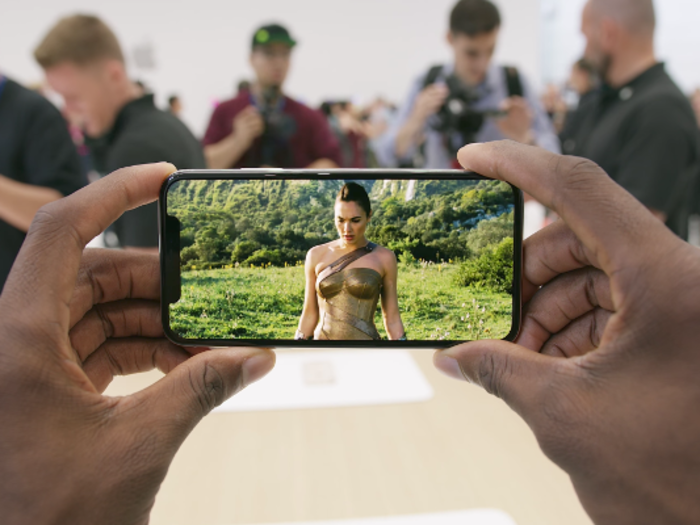
And yet, the notch showed up everywhere the following year, in 2018. It was on almost every smartphone you could think of.

Here's the LG G7 ThinQ ...
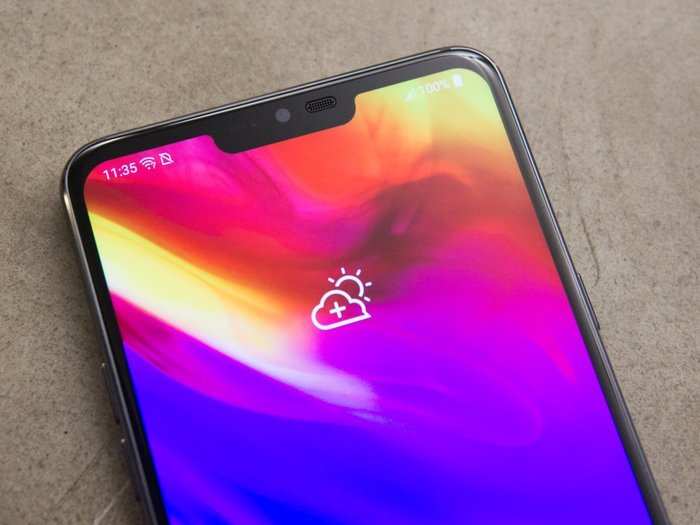
... here's the Huawei P20 Pro ...
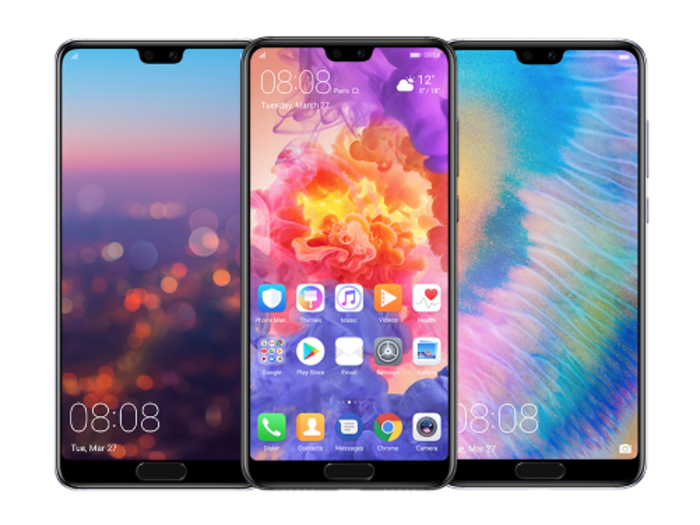
... the Asus Zenfone 5 ...
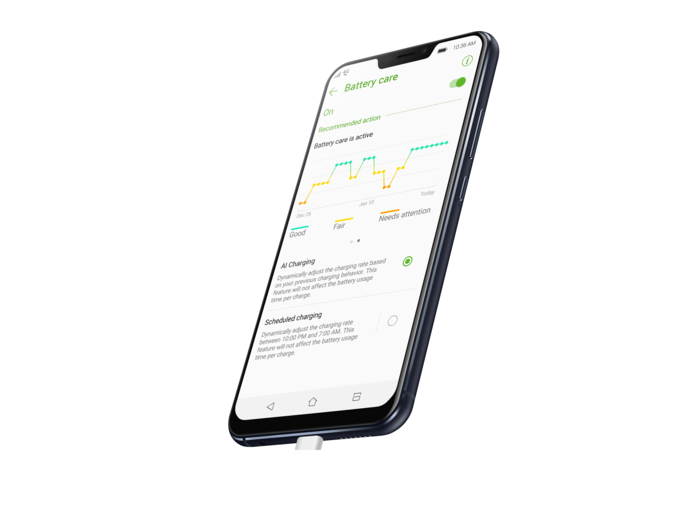
... here's the OnePlus 6T ...
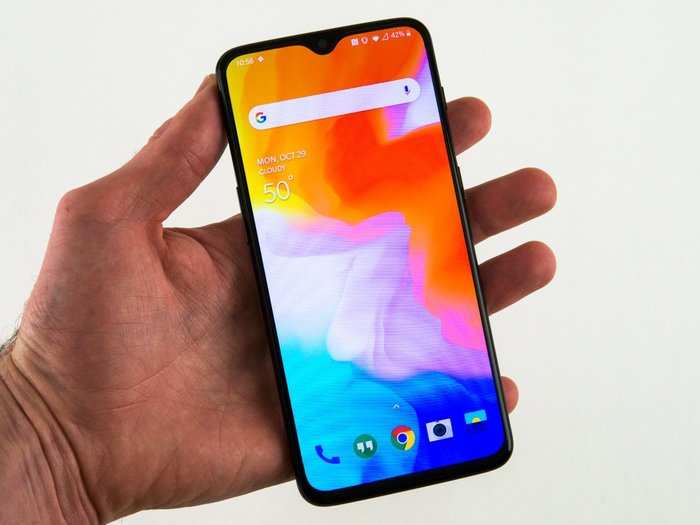
... and here's the Pixel 3 XL from Google.
Google, in particular, drove the adoption of notches by having its Android P software support notches, which made it easier to build phones with those designs.
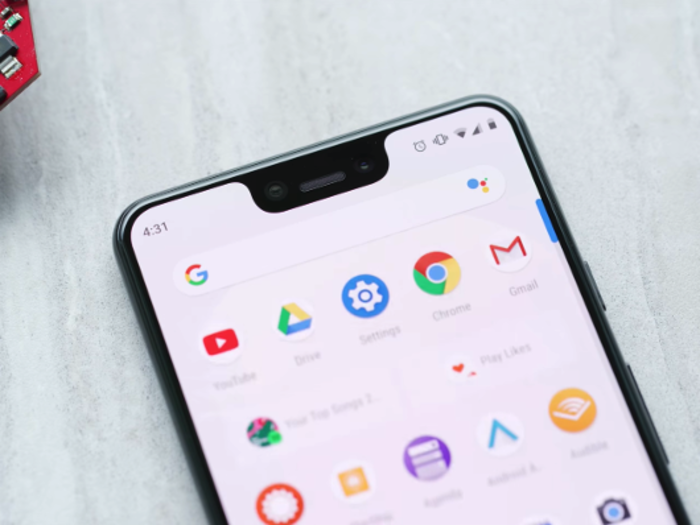
With the exception of a few adventurous smartphones, it seemed like Android manufacturers were squandering a golden opportunity to leapfrog Apple and its notch design in 2018.
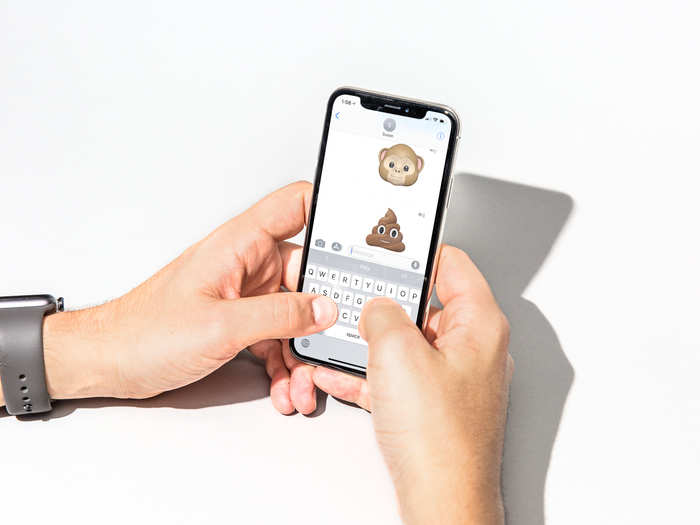
Thankfully, smartphone makers in 2019 appear motivated to kill the notch once and for all, using clever and futuristic designs.
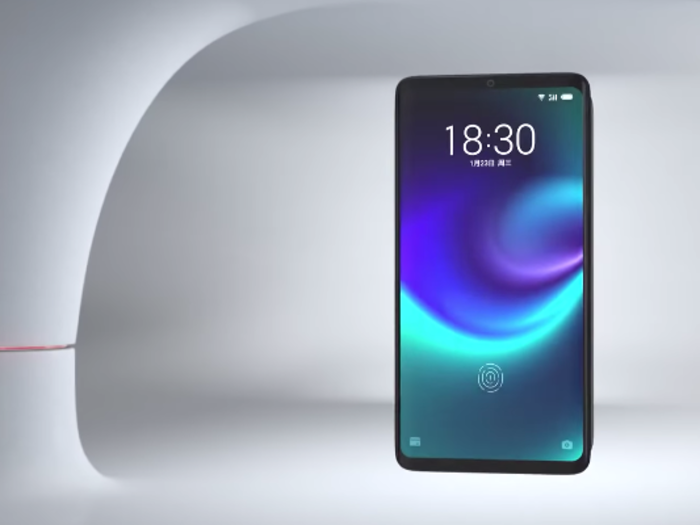
Last June, Chinese smartphone maker Oppo debuted its Find X smartphone, which has a motorized selfie camera that emerges from its shell when you want a photo.

In January of this year, Meizu, the 11th-largest smartphone maker, announced a phone that would have no buttons, no holes, no ports — and yes, no notch.
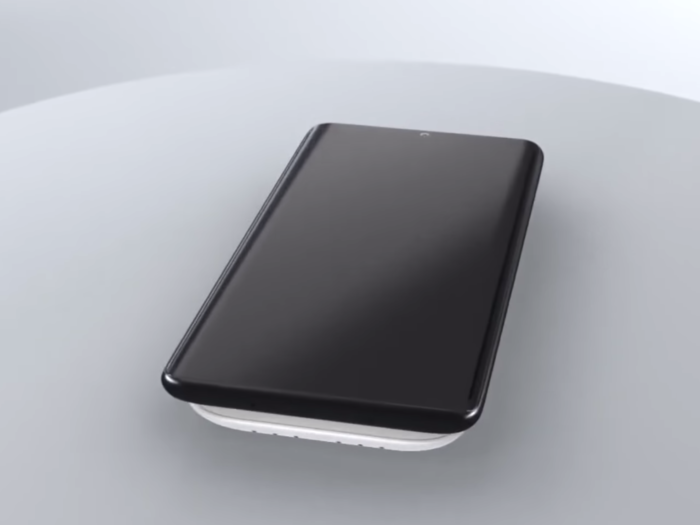
But this year, the biggest surprise so far has been the Asus Zenfone 6, a beautiful and clean-looking Android phone — with no notch, and a headphone jack — that's only $500.
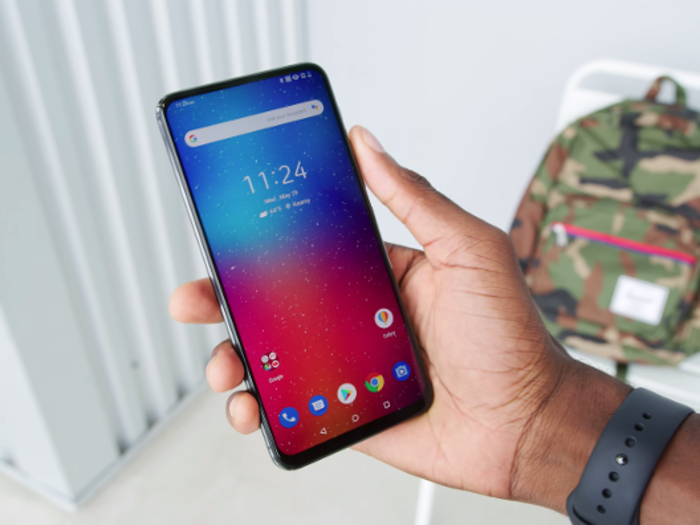
Here's what's so cool about the Zenfone 6: It doesn't have a built-in selfie camera. Instead, the rear camera flips to the front when you want a selfie, leaving the display uninterrupted.
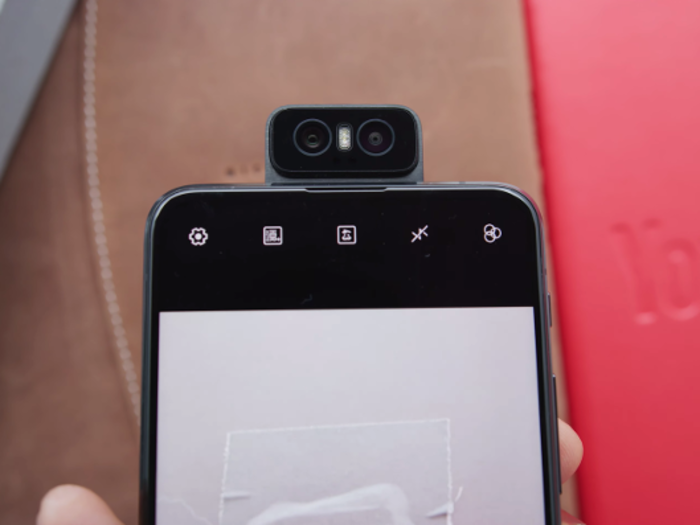
This week, Xiaomi, the so-called "Apple of China," posted a video on Twitter showing a prototype phone with a selfie camera hidden underneath the display.

Do you want a sneak peek at the future? Here you go...introducing you to Under-Display Camera technology!#Xiaomi #InnovationForEveryone pic.twitter.com/d2HL6FHkh1
— Xiaomi #5GIsHere (@Xiaomi) June 3, 2019It's unclear if and when we'll see Xiaomi release a phone like this, but we've seen companies use this tactic before, where they'll post a video teasing some innovative feature, only to see it in a real smartphone a few months later.

Late last year, Samsung teased a silhouetted prototype of what would become its Galaxy Fold, the $2,000 foldable smartphone that still doesn't have a release date after its botched April launch.
Speaking of Chinese companies trying to kill the notch, Oppo also published a video of a new working prototype this week, showing how a smartphone can seamlessly hide a camera underneath the display — no moving parts necessary.

For those seeking the perfect, notchless smartphone screen experience – prepare to be amazed. 📲
You are taking a very first look at our under-display selfie camera technology. RT! 🤯 pic.twitter.com/FrqB6RiJaY
It's just a matter of time until we see more phone manufacturers do away with the notch once and for all, because it is a design flaw on the way to all-screen phones.
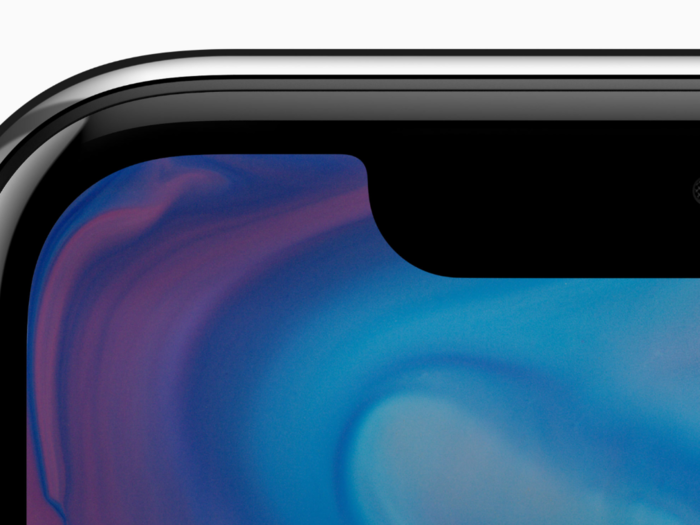
Phone makers should try to kill the notch sooner rather than later, though. At some point, probably soon, Apple will also kill the notch in its own phones, and rival phone makers will once again race to catch up to the new design. This is the perfect time to get ahead.
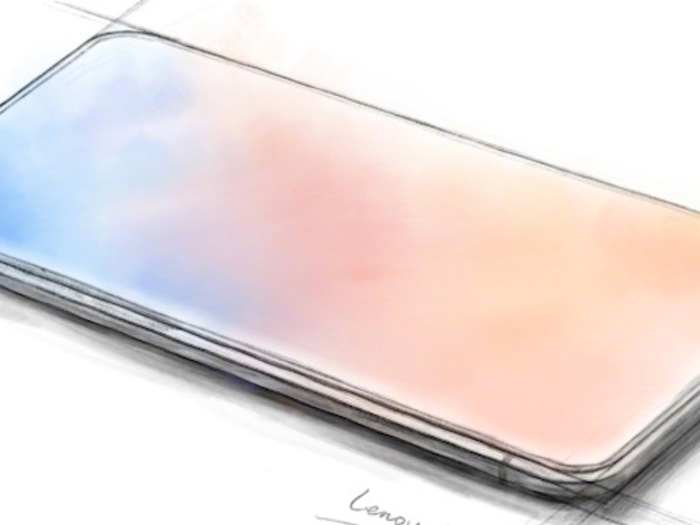
Popular Right Now
Popular Keywords
Advertisement